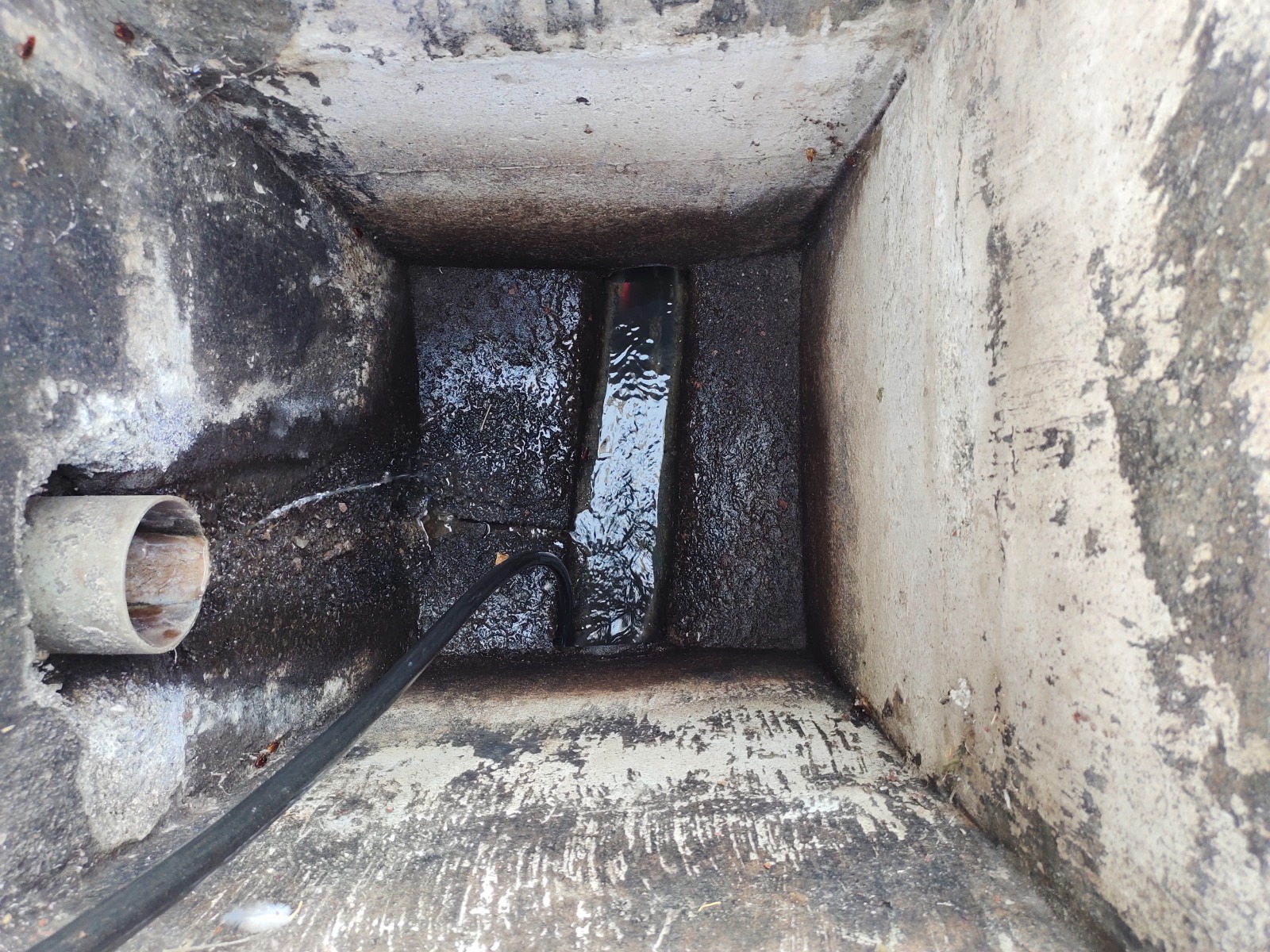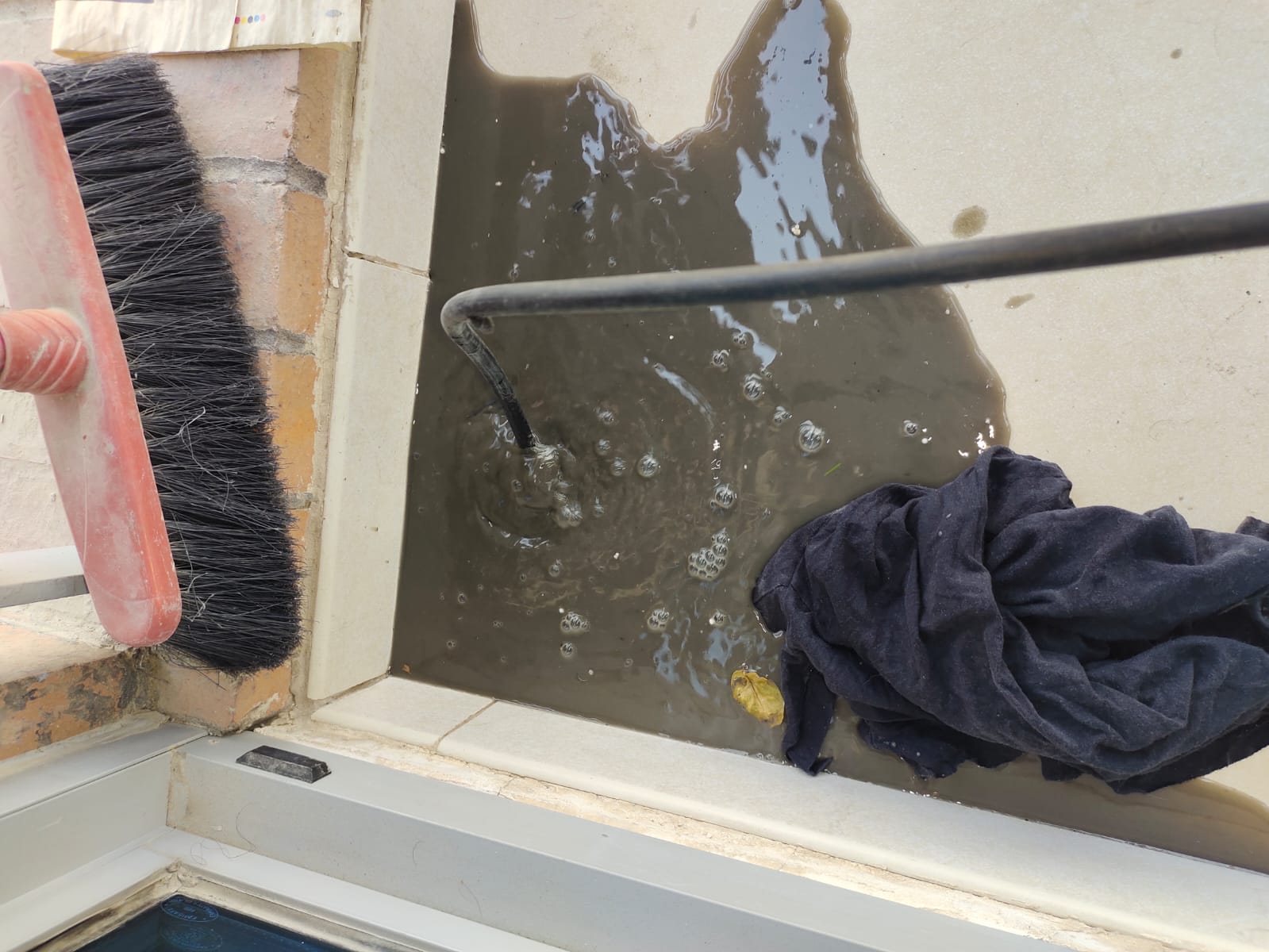Hussain Ahmad Technical Services LLC
Hussain Ahmad Technical Services LLC, 22 Street, Near Al Quoz Industrial Area 4, Al Quoz, UAE, 83902
Since : 2015
Hussain Ahmad Technical Services LLC, 22 Street, Near Al Quoz Industrial Area 4, Al Quoz, UAE, 83902
Since : 2015
Window works refer to the process of installing, repairing, and maintaining windows for various types of buildings, including residential homes, commercial spaces, and industrial establishments. Windows are an essential component of any structure, offering ventilation, natural light, and aesthetic value to the property. In the UAE, window works are highly in demand due to the rapid growth in construction projects and the need for energy-efficient, durable window solutions that can withstand the region's harsh climate.
Windows in the UAE are available in a wide range of styles and materials, including aluminum, glass, uPVC, and more, catering to the diverse needs of customers. Whether for new buildings or renovation projects, professional window works in the UAE offer services that range from design consultation to installation and maintenance, ensuring that windows are functional, secure, and aesthetically pleasing.
1. Hussain Ahmad Technical Services LLC
22 Street, Near Al Quoz Industrial Area 4, Al Quoz, UAE, 83902
2. Al Basira Window Works LLC
Al Quoz Industrial Area, Dubai, UAE
3. Gulf Glass Industries
Industrial Area 2, Sharjah, UAE
4. Prime Aluminium Works LLC
Ras Al Khor Industrial Area 2, Dubai, UAE
5. Silvertech Window Solutions
Dubai Investments Park, Dubai, UAE
6. Alubond U.S.A (Eurocon Building Industries)
Ajman Industrial Area, Ajman, UAE
7. Climax Window Systems LLC
Umm Ramool, Dubai, UAE
8. Alu Nasa Aluminium Works LLC
Musaffah Industrial Area, Abu Dhabi, UAE
9. Glassline Industries
Jebel Ali Free Zone, Dubai, UAE
10. Skyline Windows LLC
Dubai Silicon Oasis, Dubai, UAE
Windows are an essential aspect of any home or building, serving both functional and aesthetic purposes. Whether you're renovating your home or constructing a new one, choosing the right type of windows can make a huge difference in terms of energy efficiency, comfort, and style.
There are several types of windows, each serving a unique function and offering different aesthetic qualities. Here are the most common types:
1. Single-Hung Windows: These have two sashes (top and bottom), but only the bottom one moves vertically. The top one remains fixed.
2. Double-Hung Windows: Both the top and bottom sashes are movable, allowing for better airflow and easier cleaning.
3. Casement Windows: These are hinged on one side and open outward like a door. They are usually operated by a crank.
4. Awning Windows: Hinged at the top, these windows open outward like an awning, providing ventilation even when it’s raining.
5. Sliding Windows: These have two or more sashes that slide horizontally. They are easy to operate and offer wide views.
6. Bay Windows: A combination of three or more windows that project outward from the wall, creating a small alcove. They provide a broader view and extra space inside.
7. Bow Windows: Similar to bay windows but with more windows, creating a rounded effect. These windows often add elegance and a panoramic view.
8. Picture Windows: Large, fixed windows designed to offer an unobstructed view of the outside. They don’t open and are often used as focal points in a room.
9. Tilt and Turn Windows: These can tilt inward from the top for ventilation or swing open like a door. They are especially popular in Europe.
10. Transom Windows: These are small, horizontal windows placed above doors or other windows. They often serve decorative purposes or for additional ventilation.
11. Skylight Windows: Installed in the ceiling to allow natural light into a room. They can be fixed or operable.
12. Garden Windows: These extend outward like a small greenhouse, perfect for displaying plants and herbs.
13. Hopper Windows: Hinged at the bottom and open inward. They are often used in basements for ventilation.
14. Arched Windows: Have a rounded top, giving them an elegant and classic look. They can be fixed or operable.
15. Louvered Windows: Feature slats (or louvers) that can be adjusted to control airflow. Often used for ventilation in bathrooms or utility areas.
Window frames come in a variety of materials, each offering different benefits.
Energy-efficient windows are designed to minimize energy loss in your home, helping to regulate indoor temperatures and reduce the need for heating and cooling. Here are some key features of energy-efficient windows:
Proper installation is crucial for the performance and longevity of your windows. The basic steps involved in window installation include:
To prolong the life of your windows, regular maintenance is important. Here are some maintenance tips:
Sometimes, repairs aren’t enough, and a full window replacement is necessary. Consider replacing your windows if:
Q1. What is the best type of window for energy efficiency?
A1. Double or triple-glazed windows with Low-E glass and
gas-filled panes (argon or krypton) are considered the best for energy
efficiency. Additionally, thermal break frames can further enhance insulation.
Q2. How long do windows typically last?
A2. High-quality windows can last anywhere from 15 to 30 years
or more, depending on the material, climate, and how well they are maintained.
Q3. Can I install new windows in my house by myself?
A3. While some DIY enthusiasts may attempt window
installation, it is usually best left to professionals. Proper installation is
crucial to ensure the windows are secure, airtight, and energy-efficient.
Incorrect installation can lead to issues like leaks, drafts, and reduced
energy efficiency.
Q4. How do I know if my windows need replacement or repair?
A4. If your windows are drafty, difficult to open or close, or
have condensation between panes, they may need replacement. Minor issues like
broken hardware or weatherstripping can often be repaired, but if the frame or
glass is damaged, replacement might be the best option.
Q5. What is Low-E glass, and why should I consider it?
A5. Low-E (low-emissivity) glass is a special coating applied
to windows to reduce heat transfer. It reflects infrared light (heat) back into
the home in winter and keeps heat out during summer. This can significantly
improve the energy efficiency of your home.
Q6. How often should I clean my windows?
A6. It's a good idea to clean your windows at least twice a
year. However, if you live in an area with a lot of dust, pollen, or sea salt,
you may need to clean them more frequently to prevent buildup and maintain
clarity.
Q7. What is the cost of replacing windows?
A7. The cost of replacing windows varies depending on the type
of window, material, size, and complexity of the installation. On average, you
can expect to pay anywhere from $200 to $1,000 per window, including
installation.
Q8. Can I improve the energy efficiency of my existing windows
without replacing them?
A8. Yes, you can improve the efficiency of your existing
windows by adding weatherstripping, using energy-efficient window coverings,
and applying a window film. Installing storm windows is another option to
improve insulation without fully replacing the windows.
Q9. Are there different window styles for different rooms?
A9. Yes, the style of the window can vary depending on the
room. For example, casement windows are ideal for kitchens as they offer great
ventilation, while bay windows can be perfect for living rooms to create a
spacious and open feel.
Q10. How can I prevent condensation on my windows?
A10. Condensation usually occurs when there's high humidity
inside the home. To prevent it, use a dehumidifier, ensure proper ventilation,
and consider installing double or triple-glazed windows to reduce temperature
differences between the inside and outside.

UAE, Al Quoz

UAE, Al Quoz